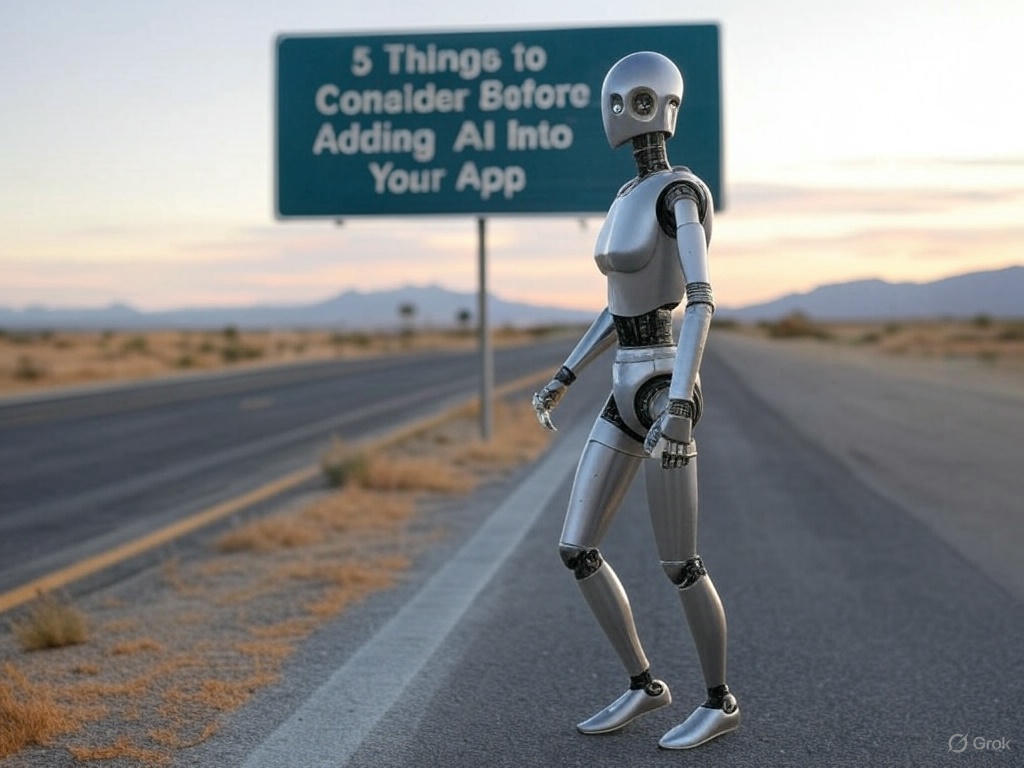Friday, December 9, 2022
-
3
min
5 futureproof revenue models for mobile apps without resorting to ads
Before you start work on bolting together your MVP, there’s one very important question app creators need to ask: how are we going to make any money off this thing? And if you’re not asking it, your potential investors definitely will be.
One way to make the revenue flow is to plug your app full of ads. But let’s face it – no one likes ads, and the user experience is just as likely to turn people away.
Luckily, the advertising model isn't the only way. From free trials and freemium apps to in-app purchases and marketplace fees, there are plenty of app revenue models out there to start generating income without turning your product into a billboard.
Read "3 development mistakes to avoid if you want your marketplace app to soar".
Subscription-based apps
From TIDAL Music to Office 365, everyone is used to subscription models by now – and the good news is that ‘everyone’ includes your mobile app users.
The Google and Apple app stores each have a specific mechanism for handling subscriptions. Generally the rule is this: if your users sign up through the app, you’ll have to use the app store’s APIs and pay them a cut.
While this might not sound ideal, there are benefits. Namely, it’s far easier for users to sign up this way – they can just scan their fingerprint or face and get on with using your app. If you send them to an external website to pay (a la Spotify), you’ll get a bigger payout per customer, but the impact on user experience might mean some people drop off before checkout.
With subscriptions it’s usually best to shoot for a 12-month model. It depends on how you price it, but annual subscriptions tend to see less churn because there are fewer renewal points for the user to question.
Freemium model
There are two ways to approach freemium apps. One is with a free trial that prompts a subscription at the end. The other is an app that remains free to use forever, but some of its advanced features are only available to premium users with a subscription.
The latter is the most popular at the moment, but you’ve got to find the right balance. Dating apps have been notorious over the years for getting that wrong – they might be free to download, but users then find they need their credit card to send and receive likes, view their matches, or do anything else meaningful in the app.
A freemium strategy also helps with the problem of sporadic subscriptions. App users are too savvy at managing short-term subscriptions these days, but locking them into a 12-month agreement from the get-go can scare them off. Freemium models allow you to build a relationship with them first.
Alternatively you can quantify usage, you might give a user a certain number of free scans, searches or experiences each month – or a limit on storage in the vein of Dropbox.
This enables users to flex to the rhythm of their needs. For instance your plant-identifier app might scan five plants for free every month, but during the summer months, when your user is out and about more in nature, they could pay to get unlimited scans that month, or buy a bundle of fifty. This can be a helpful pricing strategy for achieving product-led rather than marketing-led growth.
Marketplaces
Ever since eBay first appeared, two-way marketplaces have become an increasingly common model. Every year they get more diversified and more niches spring up, from custom art and crafts on Etsy to musical instruments on Reverb – even Airbnb is a kind of two-way marketplace.
Part of what makes the revenue model so popular is that users only pay when something happens. There’s no sign-up or download fee – instead the platform takes its fee as a kind of commission each time the vendor makes a sale. Because it’s in return for hosting the vendor’s store, connecting them with buyers and taking care of admin like tax reporting, it’s a fee most users are more than happy to pay.
With the focus on buying locally, championing small businesses and giving new life to used items, marketplaces are only going to get more popular. If you can identify a niche and get in there fast, you’ve got a good chance of building a loyal customer base and becoming their default search place for years to come.
Build Marketplaces up to 60% Quicker with MarketLaunch and Swell.
In-app purchases
When you hear the term “in-app purchases”, you probably think of mobile games. Whether it’s buying new character skins, in-game currency, or better items to help you win, mobile games are probably the best example in-app purchases going and they make a tonne of mobile app revenue for it.
But that doesn’t mean you have to be making game apps to employ in-app purchases. Duolingo weaves them into its language lessons – there’s no “pay to win” element, but users can pay to do things like restore their learning streak if they accidentally miss a day. Anywhere user engagement and identity comes into play is a huge opportunity, with options for custom avatars or profile personalisation.
If you’re thinking about monetisation models, spend some time looking at how big game publishers do it, even if you’re not making a game yourself. Think as well about whether you use Apple and Google’s in-app purchases mechanism. Using it reduces friction, and even a couple seconds of extra waiting time can make the difference between making a purchase or leaving it behind.
Pay-to-download
The key to making a pay to download revenue model work is proving your app’s value before asking for any money.
In the past the most common way brands have done that is by putting up two app versions in stores – a free “lite” version with restricted features, and a version with all the bells and whistles.
But splitting your app into two is clunky at best. If your active users have already downloaded your lite-app and fallen in love with it, they might not want to download a premium app in case they lose anything in the process.
It’s better to go one of two ways. One is the free trial route, and at the end of that the user can pay a one-time fee to use the app forever. This can be more appealing to consumers than a rolling subscription they need to keep track of – just be sure to give them the ability to reclaim the licence without paying again if they move phones, or switch between iOS and Android.
The other way is to put out a limited free version on the web, but make the mobile app paid. That way you can do your user acquisition via the web – using your marketing team’s brilliant SEO and PPC skills rather than relying on app store searches – and you can begin to build a relationship with users. Then once they know they want your full product, they can pay for the more in-depth and feature-rich native version.
If you’re looking to get your app project off the ground, speak to us to see how we can help.




.jpg)








